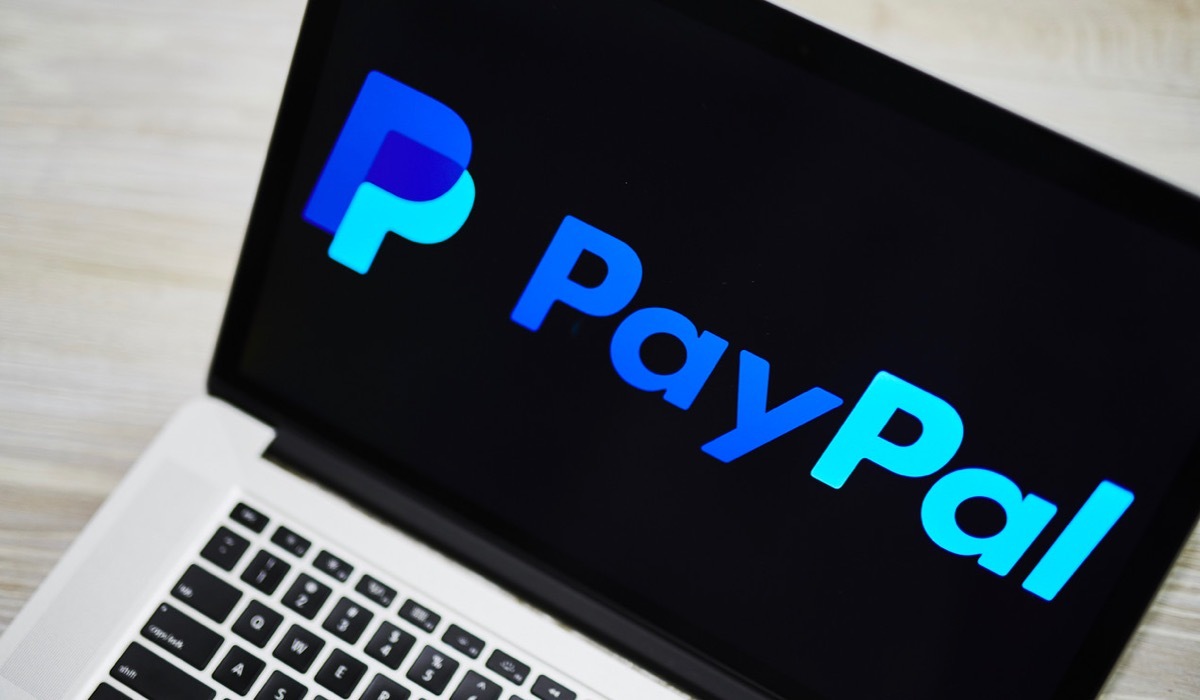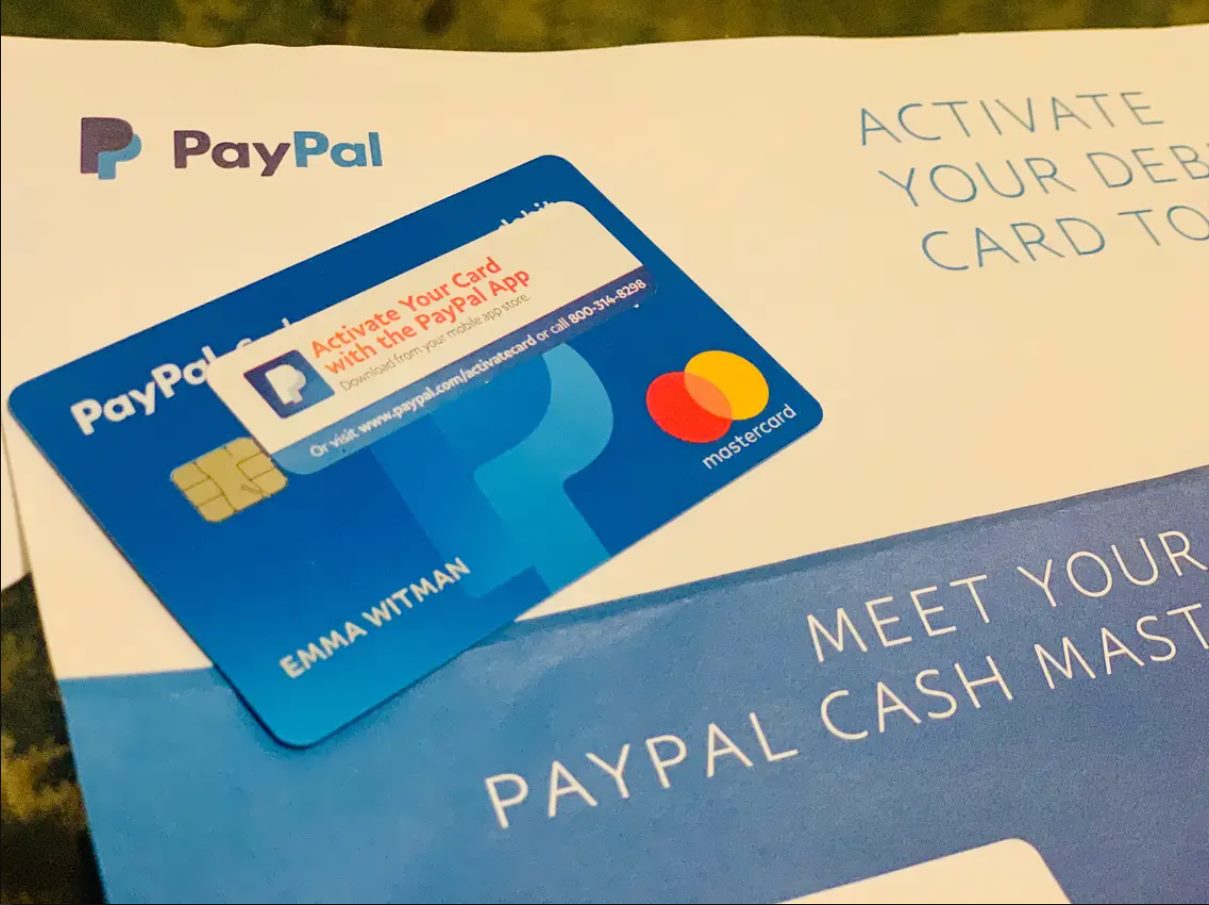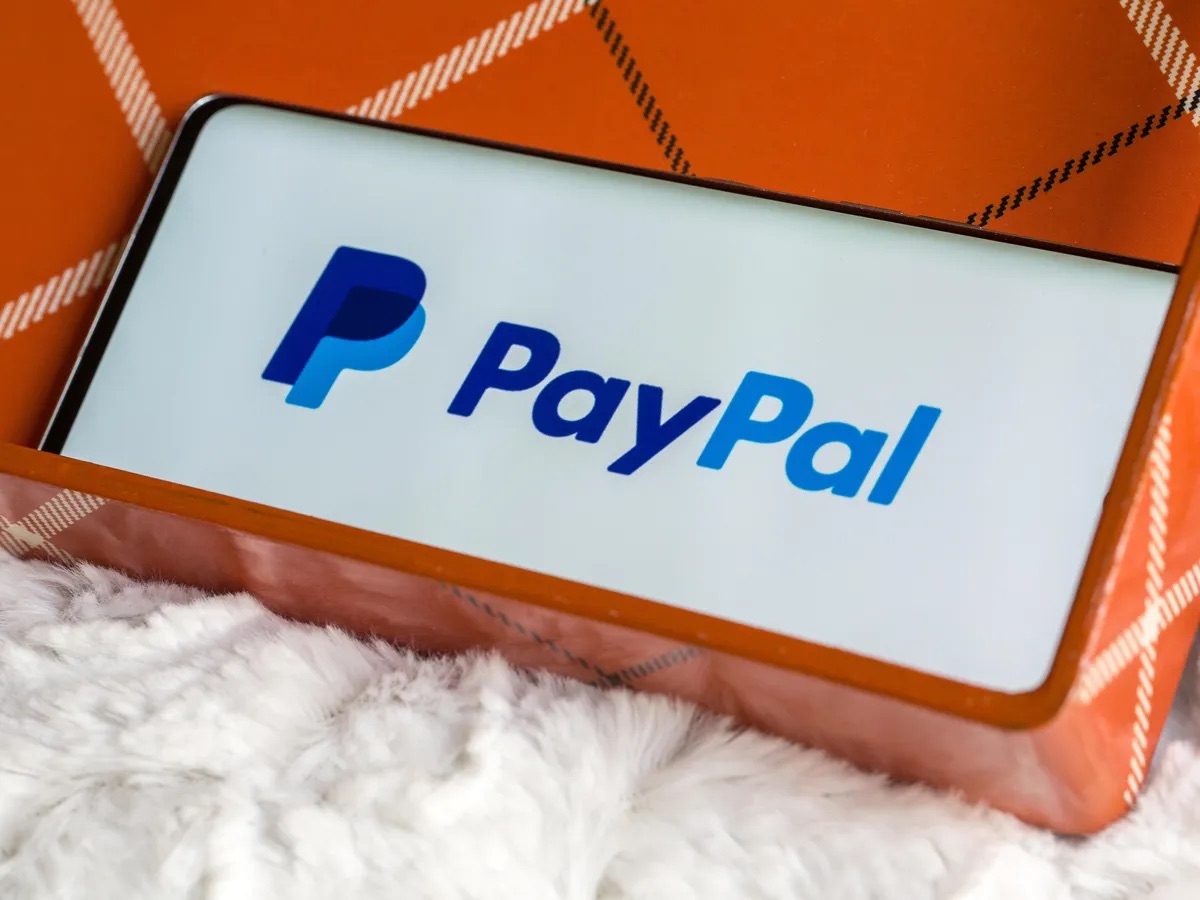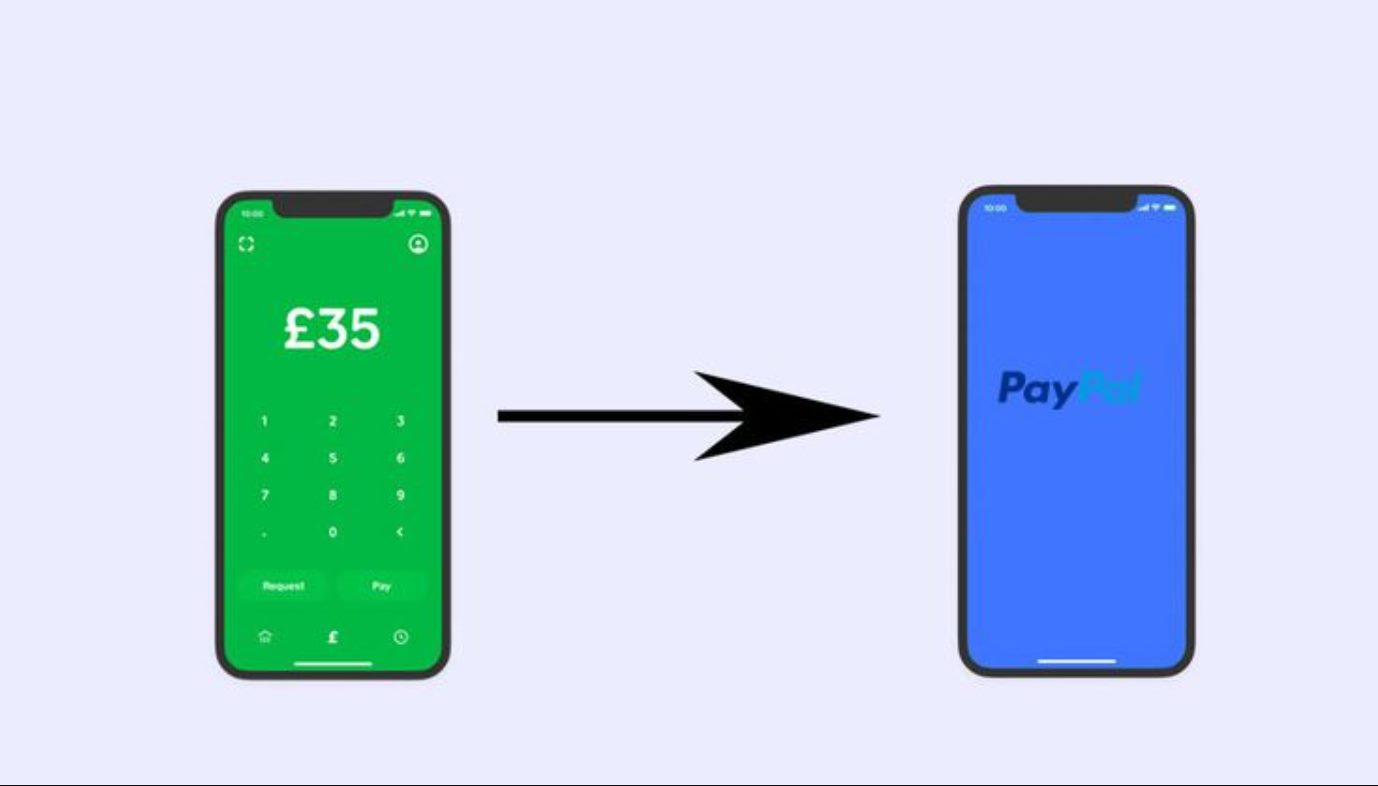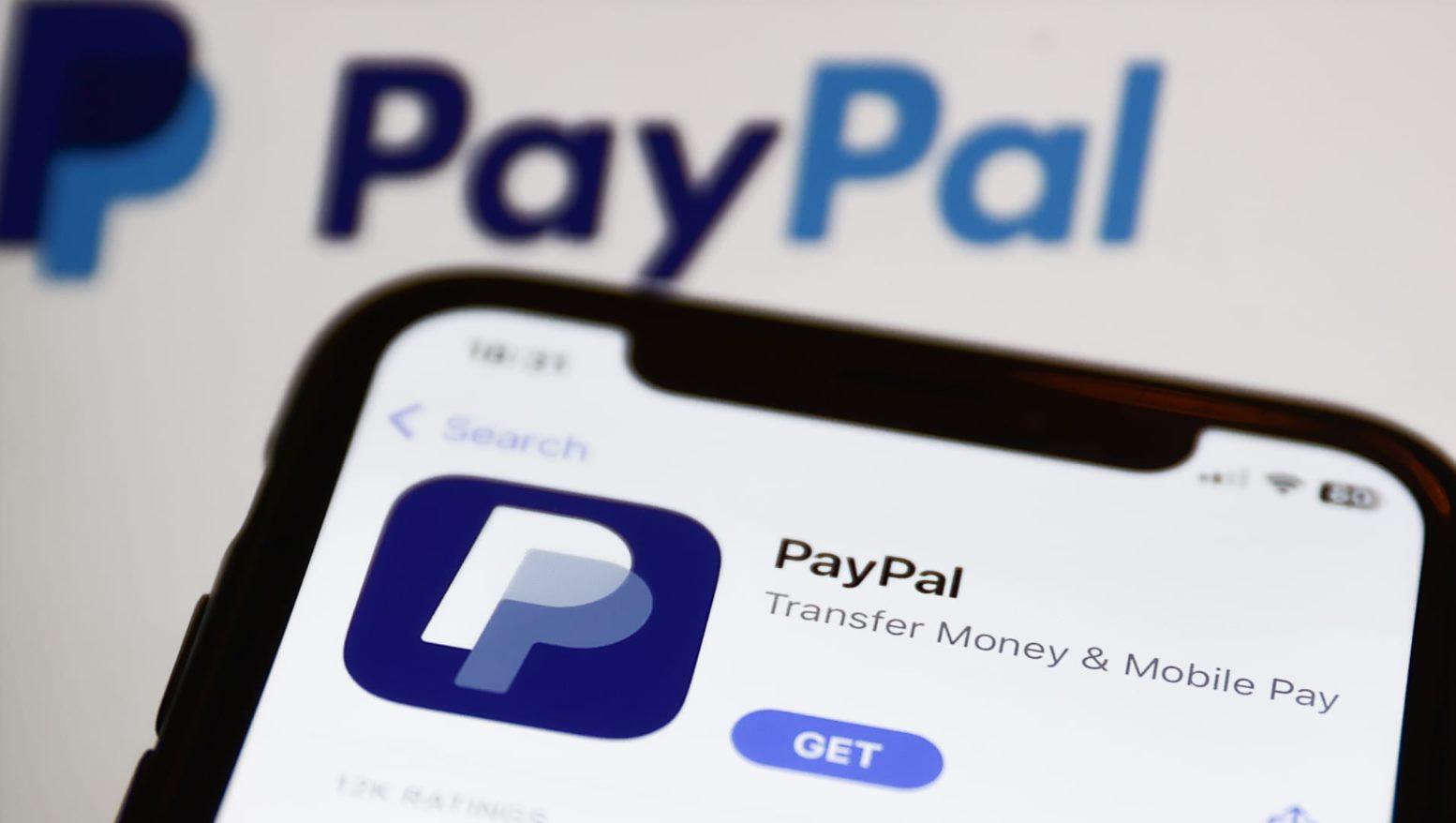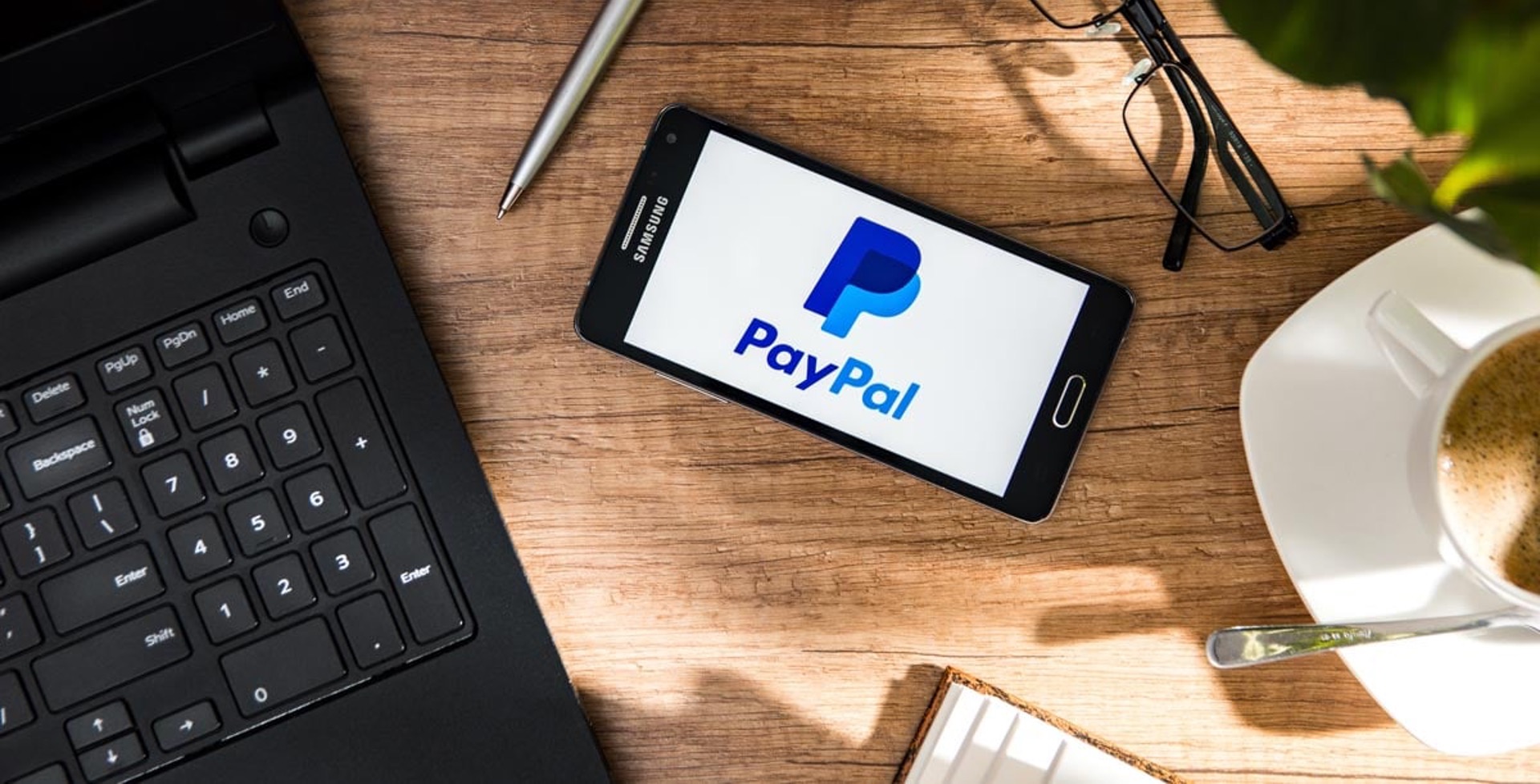Introduction
Welcome to the world of online transactions and payment processing! With the rise of e-commerce and the convenience it offers, having a reliable payment platform is crucial for both individuals and businesses. PayPal has emerged as one of the leading payment solutions, offering secure transactions and easy integration with various online platforms.
One question that often arises is whether it’s possible to have multiple PayPal accounts. Perhaps you’re running multiple businesses, managing different projects, or simply want to keep your personal expenses separate from your business transactions. Understanding whether you can have multiple PayPal accounts and the advantages and limitations associated with them can help you make informed decisions and streamline your financial operations.
In this article, we will delve into the world of PayPal accounts and explore the possibilities of having multiple accounts. We will discuss the benefits, explain how to open multiple accounts, provide tips for managing them effectively, and address potential risks and limitations you should be aware of. So, let’s dive in and explore the exciting world of multiple PayPal accounts!
Can you have multiple PayPal accounts?
Yes, you can have multiple PayPal accounts. PayPal allows users to have both personal and business accounts, so if you have different financial needs, you can easily create separate accounts to manage your transactions effectively. Whether you want to keep your personal expenses separate from your business finances or you have multiple businesses or projects requiring different accounts, PayPal offers the flexibility to meet your needs.
It’s important to note that each PayPal account must be associated with a unique email address. This means that you will need to have different email addresses for each account you want to create. Additionally, PayPal requires that each account has its own bank account or credit card linked to it for verification purposes.
Having multiple PayPal accounts can be advantageous for several reasons. Firstly, it allows you to maintain a clear separation between your personal and business finances. By having different accounts, you can easily track and manage your expenses, income, and transactions for each entity, reducing the risk of confusion and making bookkeeping more efficient.
Furthermore, multiple PayPal accounts can provide increased security and protection for your transactions. If one account is compromised or experiences any issues, the others remain unaffected, minimizing potential damage or disruption to your financial activities.
However, it’s important to remember that each PayPal account must comply with the platform’s terms and conditions. Creating multiple accounts solely for the purpose of bypassing limitations or engaging in fraudulent activities is strictly prohibited and can result in serious consequences, including the suspension or closure of all your accounts.
Now that we know it’s possible to have multiple PayPal accounts and the benefits they offer, let’s discuss how many accounts you can actually have and what you need to consider when opening them.
How many PayPal accounts can you have?
PayPal allows you to have multiple accounts, but there are certain limitations you need to be aware of. As per PayPal’s User Agreement, you are allowed to have one personal account and one business account. This means that you can have a maximum of two PayPal accounts – one for personal use and one for business purposes.
With a personal PayPal account, you can make online purchases, send and receive money from friends and family, and manage your personal finances. It’s a convenient way to handle your personal transactions securely and efficiently.
On the other hand, a business PayPal account is designed for individuals or companies involved in business activities. With a business account, you gain access to additional features and tools tailored towards managing and growing your business. This includes the ability to accept payments online, create and send professional invoices, integrate with e-commerce platforms, and receive detailed analytics and reports.
When you create multiple PayPal accounts, it’s important to ensure that each account serves a distinct purpose and follows the appropriate guidelines. Using one account for personal transactions and another for business transactions helps maintain clear financial records and enables you to take advantage of the specific features and benefits offered to businesses.
To open a new PayPal account, you need to provide unique email addresses and separate bank accounts or credit cards for each account. PayPal requires this information to verify and link your accounts to valid sources. By maintaining separate email addresses and financial accounts, you can ensure accurate tracking and management of your personal and business finances.
It’s worth noting that the number of accounts you can have may vary depending on the country you reside in and the specific regulations imposed by PayPal. Some countries may have additional restrictions or requirements when creating multiple accounts, so it’s important to familiarize yourself with the local guidelines and terms of service.
Now that we’ve explored the possibility of having multiple PayPal accounts and the maximum limit allowed by PayPal, let’s delve into the advantages of having multiple accounts for your financial operations.
Benefits of having multiple PayPal accounts
Having multiple PayPal accounts can provide several benefits, especially if you have different financial needs or manage multiple businesses. Let’s explore some of the advantages of having multiple accounts:
- Clear separation of personal and business finances: By having separate PayPal accounts for personal and business use, you can easily keep your financial transactions organized and separate. This makes it simpler to track income, expenses, and tax deductions for each entity.
- Simplified bookkeeping: With multiple PayPal accounts, you can streamline your bookkeeping process. Instead of sifting through a single account to distinguish between personal and business transactions, you can easily categorize and reconcile transactions in their respective accounts.
- Enhanced security: Having multiple accounts adds an extra layer of security to your financial transactions. In case one account is compromised, the others remain unaffected, reducing the risk of unauthorized access to your funds.
- Access to specialized features: PayPal offers specific features and tools for both personal and business accounts. By having separate accounts, you can take advantage of these tailored features to meet your personal or business needs more effectively.
- Improved customer experience: If you run multiple businesses, having separate PayPal accounts for each business can enhance the customer experience. You can customize payment options, invoices, and branding for each business, creating a more professional and seamless transaction process.
- Easy tracking of financial performance: Individual PayPal accounts for different businesses or projects allow you to closely monitor the financial performance of each entity. You can track sales, revenue, and expenses separately, enabling better decision-making and strategic planning.
Remember, while having multiple PayPal accounts can offer various benefits, it’s important to comply with PayPal’s terms of service and avoid creating accounts for illicit purposes. Using multiple accounts for fraudulent activities or to exploit platform limitations is strictly prohibited and can lead to severe consequences.
Now that we understand the advantages of multiple PayPal accounts, let’s move on to the next section and explore how to open multiple accounts.
How to open multiple PayPal accounts
If you need to open multiple PayPal accounts, follow these steps to ensure a smooth and hassle-free process:
- Prepare necessary information: Before you begin, make sure you have the required information handy. This includes unique email addresses for each account you want to create and separate bank accounts or credit cards to link to each account for verification purposes.
- Visit the PayPal website: Go to the official PayPal website and click on the “Sign Up” or “Create an Account” button to start the registration process.
- Select account type: Choose whether you want to open a personal or business account based on your specific needs. Remember, you can have one personal account and one business account.
- Enter personal details: Provide the required personal information, such as your name, address, and phone number. Make sure to use different information for each account to maintain account separation.
- Set up email addresses: Use unique email addresses for each PayPal account you want to create. This ensures that each account is associated with a distinct email address.
- Link bank accounts or credit cards: For each PayPal account, link a separate bank account or credit card to complete the verification process. This allows PayPal to confirm your identity and ensure the legitimacy of your accounts.
- Confirm email addresses: Check your email inbox for the verification email from PayPal and follow the instructions to confirm your email addresses for each account.
- Set up additional security measures: To protect your accounts, consider enabling features like two-factor authentication and setting up strong, unique passwords for each PayPal account.
- Complete account setup: Finally, follow the remaining on-screen instructions to complete the setup process for each PayPal account. Be sure to review and understand PayPal’s terms and conditions.
It’s important to note that each PayPal account must be created and managed separately. Make sure to log in to the correct account when performing transactions or accessing account-related information to avoid confusion or mix-ups.
By following these steps, you can successfully open multiple PayPal accounts to meet your diverse financial needs. However, always remember to comply with PayPal’s policies and guidelines to maintain a positive relationship with the platform.
Now that we’ve covered how to open multiple PayPal accounts, let’s move on to the next section and discuss some tips for effectively managing these accounts.
Tips for managing multiple PayPal accounts
Managing multiple PayPal accounts can be a breeze with the right strategies in place. Here are some helpful tips to ensure effective management:
- Keep clear records: Maintain accurate records of transactions, expenses, and income for each account. Having well-organized records will help you easily track and reconcile financial activities.
- Use separate email addresses: As mentioned earlier, each PayPal account requires a unique email address. By using separate email addresses for each account, you can easily differentiate between personal and business transactions.
- Customize account names: Assign descriptive names to each PayPal account, such as “Personal” or the name of the associated business. This will make it easier to identify and select the correct account during transactions.
- Set up email notifications: Enable email notifications for each account to stay informed about account activity, including payments received, withdrawals, and any security-related updates.
- Understand payment methods: Familiarize yourself with the payment methods associated with each account. Ensure you know which bank account or credit card is linked to each PayPal account to avoid any confusion when sending or receiving payments.
- Utilize proper bookkeeping: Use accounting software or tools to help streamline your financial management. Separate accounts make it easier to categorize transactions for accurate bookkeeping purposes.
- Regularly review transactions: Take the time to review and reconcile transactions on a regular basis to ensure accuracy and identify any discrepancies or fraudulent activities promptly.
- Secure your accounts: Implement strong security measures for each PayPal account, such as unique passwords and two-factor authentication. Regularly update passwords and ensure your devices are protected to prevent unauthorized access.
- Stay informed: Keep up-to-date with PayPal’s policies, updates, and best practices to ensure you are compliant and make the most of the platform’s features.
By following these tips, you can effectively manage your multiple PayPal accounts and ensure a smooth and organized financial management experience.
Now that we’ve covered tips for managing multiple PayPal accounts, let’s move on to the final section where we will discuss potential risks and limitations to consider.
Potential risks and limitations to consider
While having multiple PayPal accounts can be beneficial, it’s important to be aware of the potential risks and limitations associated with managing multiple accounts:
- Possible account suspension: Creating multiple accounts solely for the purpose of bypassing limitations or engaging in fraudulent activities is strictly against PayPal’s policies. Violating these policies can result in the suspension or closure of all your accounts.
- Increased account management: Managing multiple accounts requires additional time and effort. You’ll need to keep track of each account’s activity, reconcile transactions, and ensure compliance with PayPal’s regulations.
- Potential confusion: With multiple accounts, there’s a risk of mixing up transactions or using the wrong account for a specific purchase or payment. Stay organized and be cautious to avoid any confusion or errors.
- Higher financial risk: Having multiple PayPal accounts means more financial exposure. If one account is compromised or experiences issues, the funds in that account may be at risk. It’s essential to maintain strong security measures to protect all your accounts.
- Account-specific features and limits: Each PayPal account, whether personal or business, has its own set of features and transaction limits. It’s important to be familiar with these limitations and ensure that each account meets your specific requirements.
- Country-specific regulations: Depending on your country of residence, there may be additional regulations or limitations on the number of PayPal accounts you can create. Familiarize yourself with the local guidelines and terms of service.
It’s crucial to use multiple PayPal accounts responsibly and in compliance with PayPal’s policies and guidelines. By understanding and navigating through the potential risks and limitations, you can effectively manage your accounts and optimize your financial operations.
Now that we’ve discussed the potential risks and limitations, let’s move on to the concluding section.
Conclusion
Having multiple PayPal accounts can offer a range of benefits, especially if you have different financial needs or manage multiple businesses. Whether you want to keep personal and business finances separate or streamline your financial operations, PayPal allows you to create both personal and business accounts.
When opening multiple PayPal accounts, it’s important to follow the guidelines and provide unique email addresses along with separate bank accounts or credit cards for each account. By doing so, you can maintain clear records, simplify your bookkeeping, and enhance the security of your transactions.
Managing multiple accounts requires maintaining organized records, using separate email addresses, and staying vigilant for potential confusion or mix-ups. It’s essential to understand and comply with PayPal’s policies and guidelines to avoid any account-related issues.
While there are potential risks and limitations associated with multiple PayPal accounts, such as account suspension, increased management efforts, and financial exposure, these can be mitigated with proper account management and security measures.
In conclusion, having multiple PayPal accounts can be a valuable asset in effectively managing your personal and business finances. By understanding the possibilities, considering the benefits and limitations, and implementing proper account management strategies, you can leverage the power of multiple PayPal accounts to streamline your financial operations.







